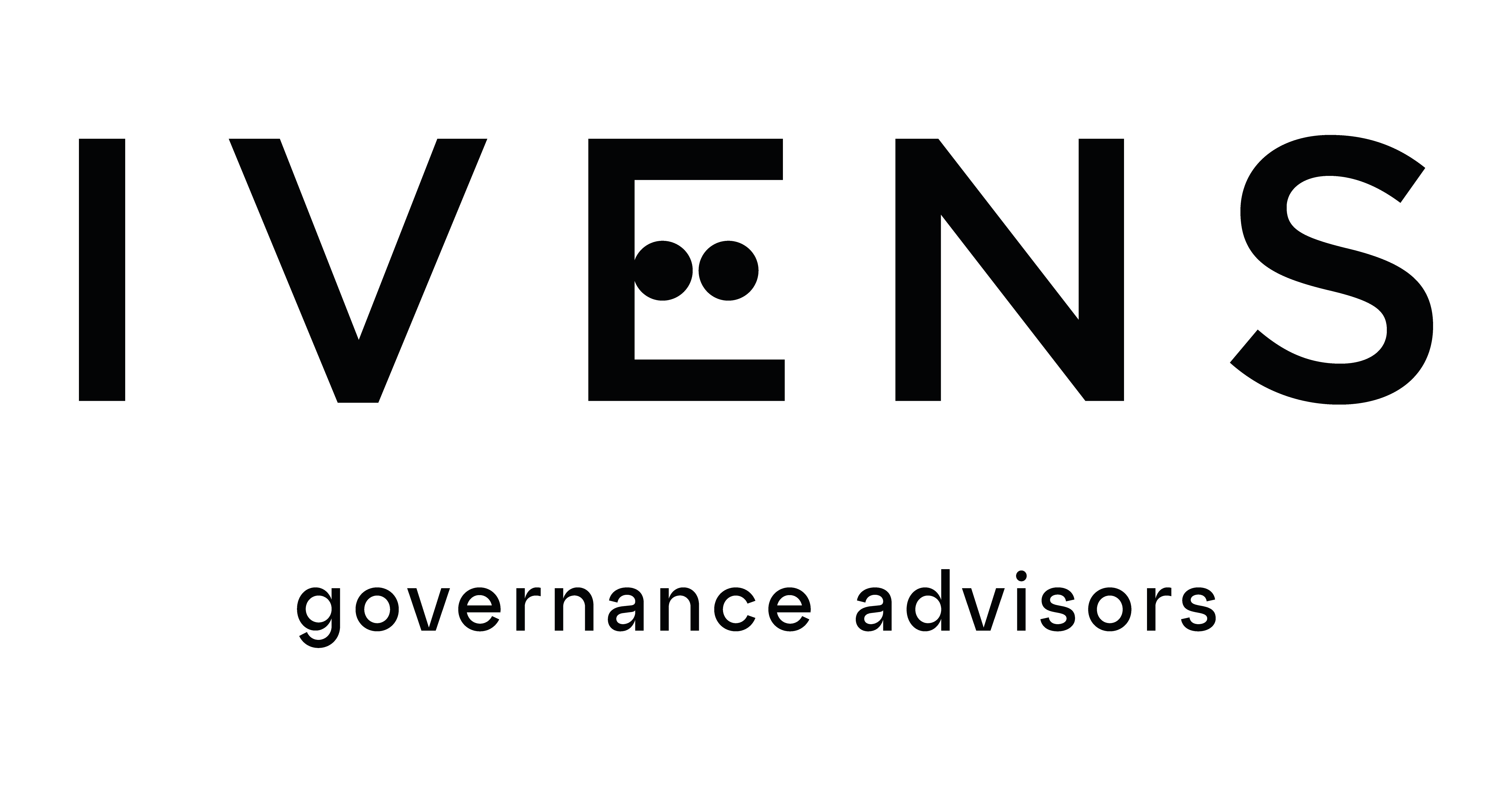Family Protocol: The Invisible Pillar of Longevity in Family Businesses
Family businesses are one of the fundamental pillars of the national and global economy, accounting for almost 80% of the Portuguese business community, 65% of the national GDP and around 50% of employment in Portugal.
This reality demonstrates their relevance not only as generators of wealth, but as drivers of social stability and territorial cohesion.
Contrary to popular belief, not all family businesses are small or unprofessional. Many stand out for their culture of leading by example and focusing on the transmission of deeply-rooted values: preserving knowledge, maintaining a tradition of quality, a sense of belonging, rigor and resilience.
Main Challenge for Business Families
Family businesses face unique challenges related to the intersection of business, ownership, and family relationships.
Differences of opinion and conflicts are inevitable in a family, but in a family business, these differences can have significant impacts on the business, such as during a merger, acquisition or major investment.
The family protocol is a solution available to all family businesses for mediating and resolving conflicts in this area, anticipating and preventing personal disputes from interfering with the company's operations.
Succession planning is one of the most critical challenges. Ensuring a smooth and well-structured transition between generations is essential to ensure the continuity, stability and long-term success of the company.
Without proper planning, this process can trigger conflicts, instability and impulsive decisions that put both the company’s assets and family ties at risk.
It is in this context that the Family Protocol can be decisive in crystallizing a constructive dialogue between the family and the company, preventing both spheres from becoming confused or contaminated.
Importance of Family Protocol
The Family Protocol plays a strategic and irreplaceable role. The legal document formalizes the mutual commitments of family members towards the company, defining clear guidelines on the corporate governance model, the entry of new members, the preparation of leadership succession and the resolution of potential conflicts. In practice, it is an instrument of family cohesion and predictability, which protects the business from family tensions and works towards intergenerational alignment .
The development of a Family Protocol involves the members of the Business Family, in whole or in part, and, whenever possible and for reasons of impartiality, one or two people who, although not part of the family, know it or the family business very well.
An effective family protocol takes into account the definition of the family’s values and mission, the rules of governance and succession policies. Next, we will explore the steps involved in drafting a family protocol.
Company values and vision
Defining the principles and vision of the business family is an essential step in guiding operational, strategic and behavioral decisions, ensuring coherence and continuity in the running of the business across generations. It is essential to align expectations and objectives and discuss the meaning of each value for the different members, which will help build a strong and unified identity, essential in times of crisis or transition.
In addition to facilitating internal and external communication, it promotes transparency and trust among all parties involved. It provides criteria and solutions to resolve family dilemmas that may impact decisions regarding the company and disagreements about the business that may affect family relationships.
Governance structure
The Family Protocol also sets out the rules relating to the complementary bodies of family businesses: the Family Council and the Family Assembly, more specifically, their composition, competence, powers, frequency of meetings and majorities for approving matters. The protocol must establish the rules governing decision-making so that all members are heard and the final decision is consensual, company management rules and succession policy.
Family employment policies
Family employment policies concern the recruitment criteria in family businesses, but also the performance evaluation system based on certain criteria, objectives and remuneration policies, the qualifications, experience and skills required for new members to be hired.
However, the Family Protocol defines the criteria related to training programs for partners, heirs and other members, in order to ensure that people have the necessary knowledge to perform their duties well.
In addition, it defines the rules that should guide the actions of Partners and Managers, and the rights and responsibilities of family members who work in the company.
Protection of family assets
Issues such as profit distribution, the sale of shares or the management of family assets can be a source of
of conflict. In these cases, the family protocol defines clear rules for this distribution, aligning the expectations and interests of all members, ensuring that the assets and resources accumulated by the various generations remain within the family, ensuring the financial stability of present and future members and the family legacy.
The preparation of the Family Protocol must be accompanied by tax advice and take into account limitations imposed by legal inheritance rules.
Preparation and implementation of the protocol
As more family members are involved in the business, family complexity and misalignment of interests and expectations increases. The protocol can help integrate these people, as well as provide an environment with structure and organization, where everyone knows their role and responsibilities.
The process of preparing the family protocol must begin at a stable and consensual time within the family.
It is crucial that all family members maintain open and transparent communication with regular, guided meetings where all decisions and disagreements are properly documented. These steps are important to ensure that decisions are made effectively and that everyone involved understands the steps and objectives of the process.
Family Protocol Stages
The first stage is pre-mapping, a meeting with partners and family members to organize documents such as agreements, contracts and meeting minutes. Mapping is the second stage, where the documentation and data received about the family and the business are analyzed in detail.
The implementation stage involves the process of creating the document through side-by-side meetings with family members, using a previously prepared outline based on the information analyzed and the structured script. Delivery of the protocol presupposes validation and signature of the protocol.
IVENS is a Family Business that develops administrators, Shareholders, Senior Management Members, Business Families and Partners of Professional Services Firms in Portugal, Angola and Mozambique in Corporate Governance.
Family Governance is a key theme in the Creating an Ever-Lasting Business Family Course, which focuses on issues such as leadership preparation, succession, family protocol, strategic execution, dividend payments and decision-making processes. The second edition of the course will address topics that will help these families maintain family harmony and business development.


